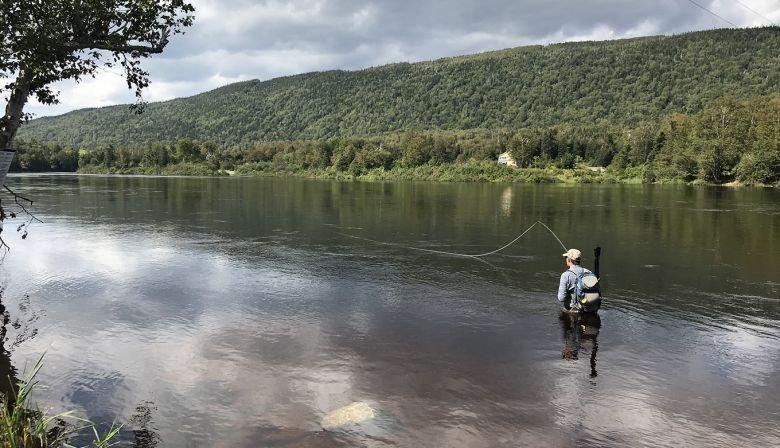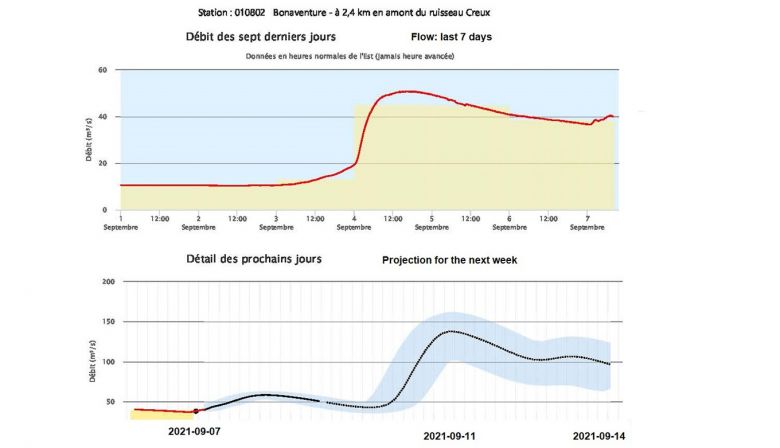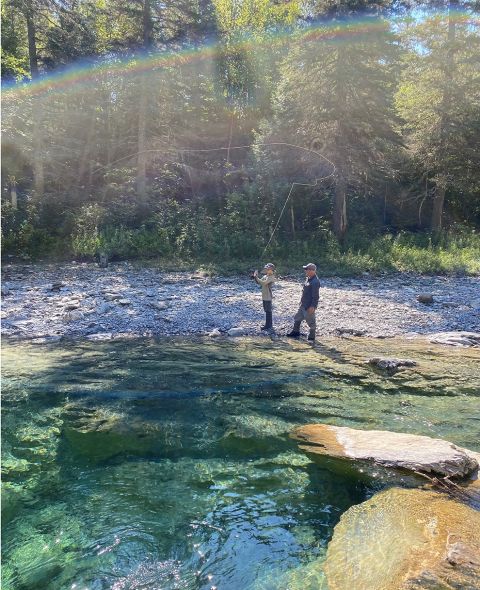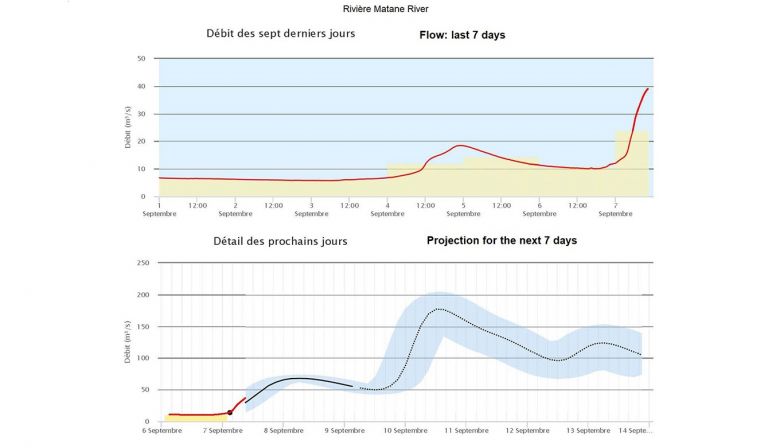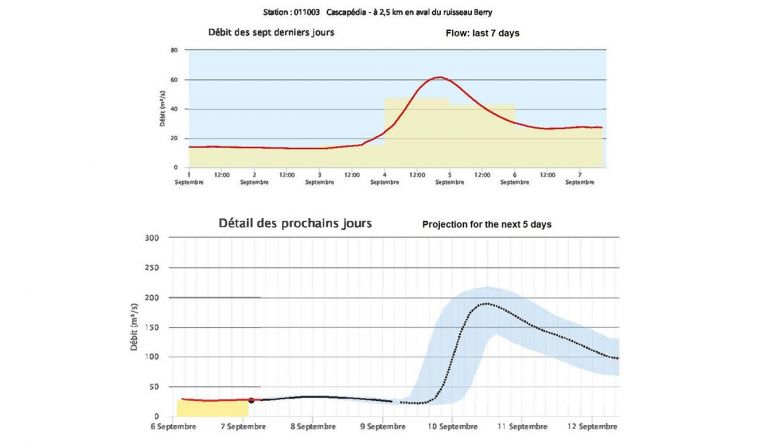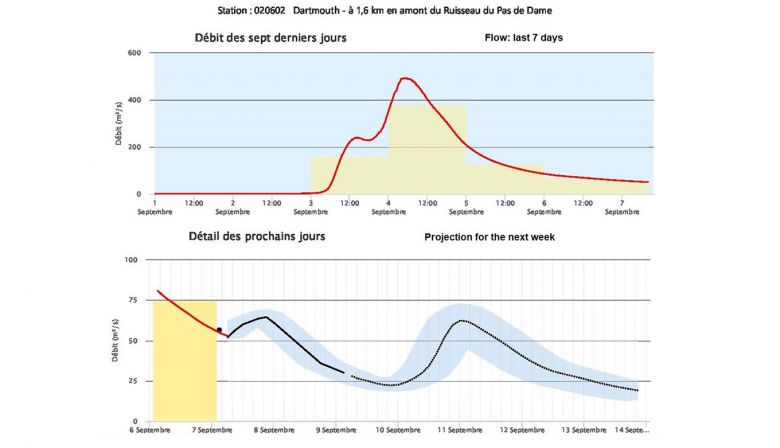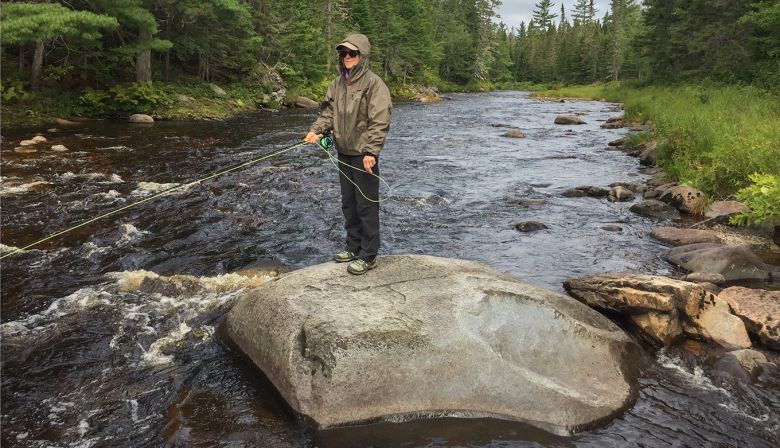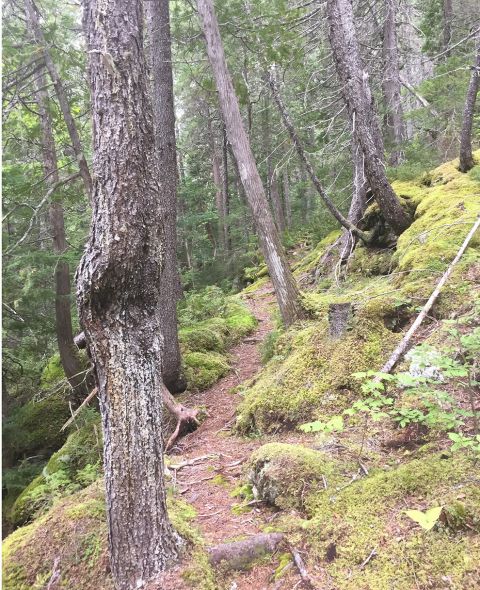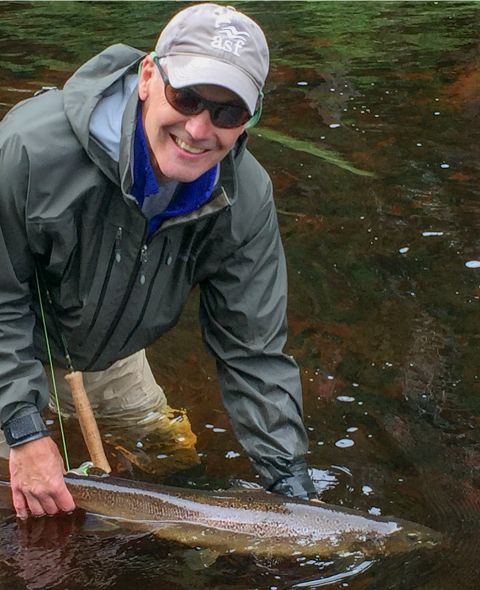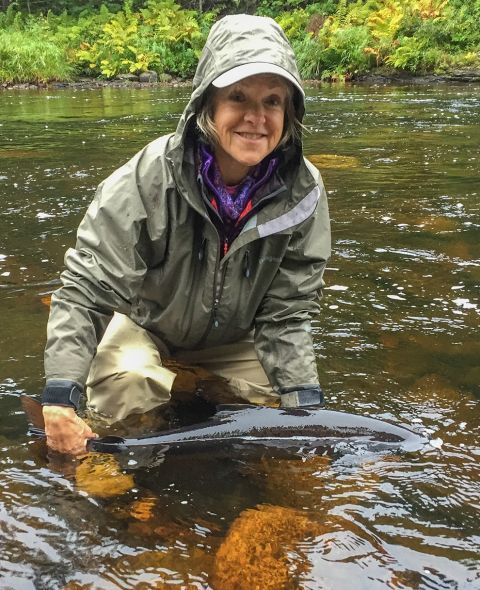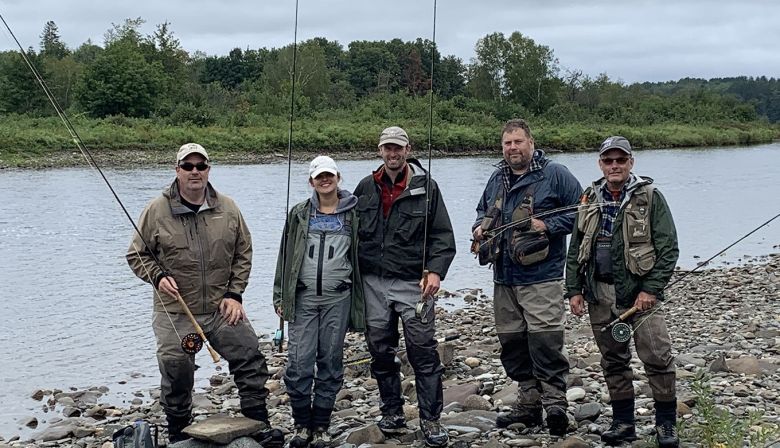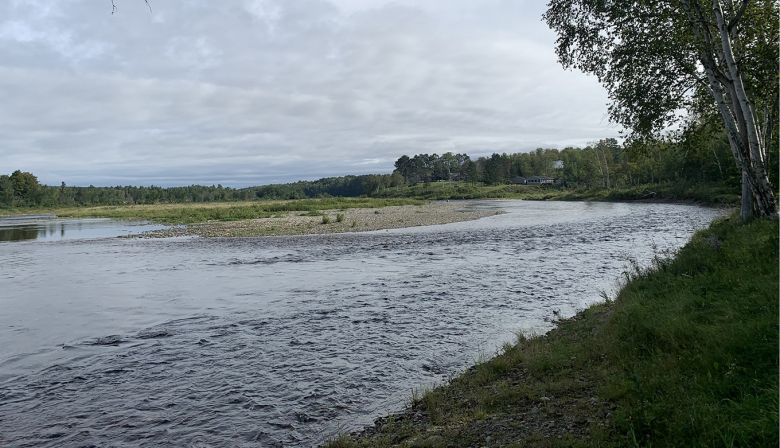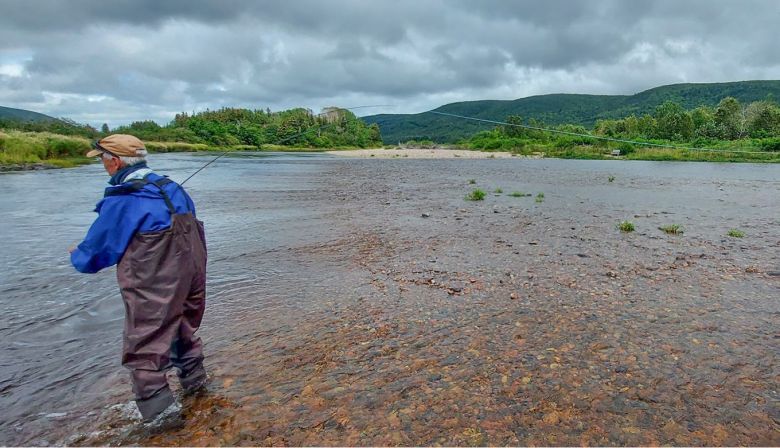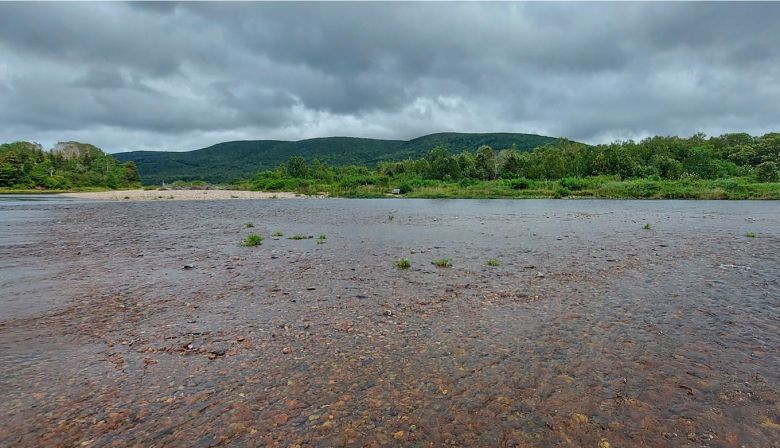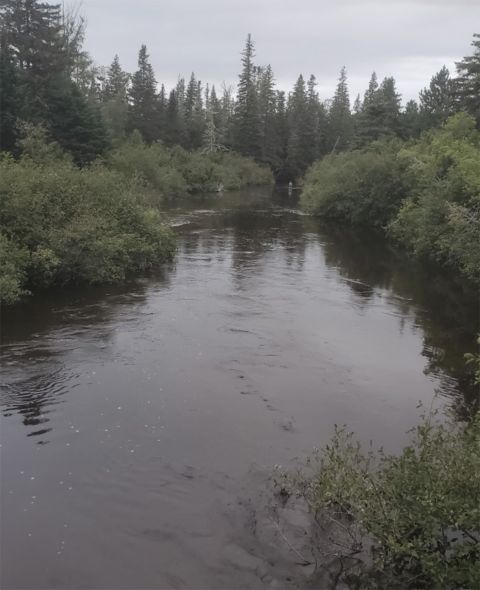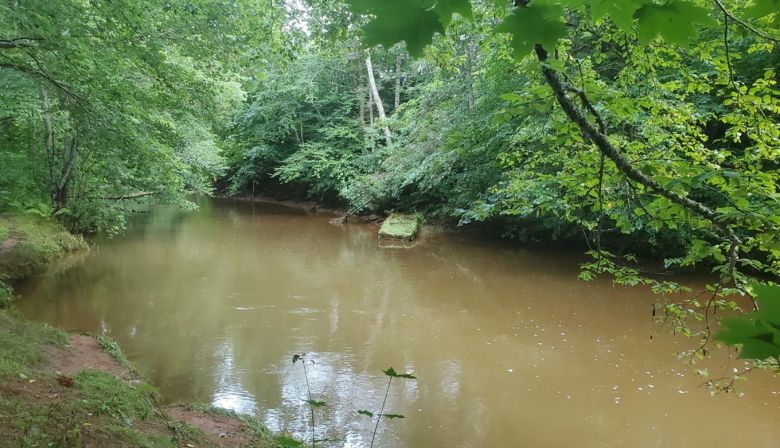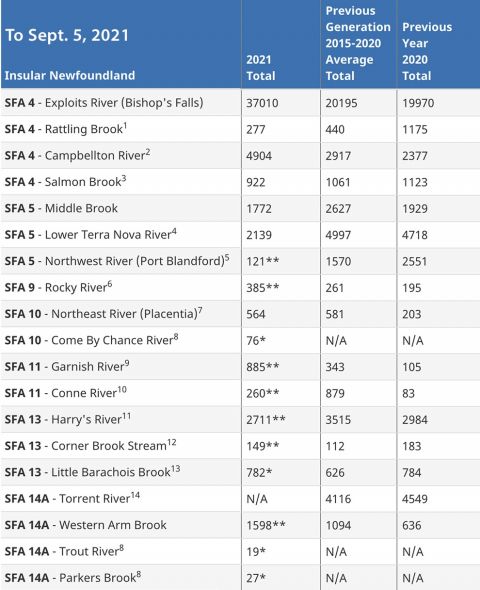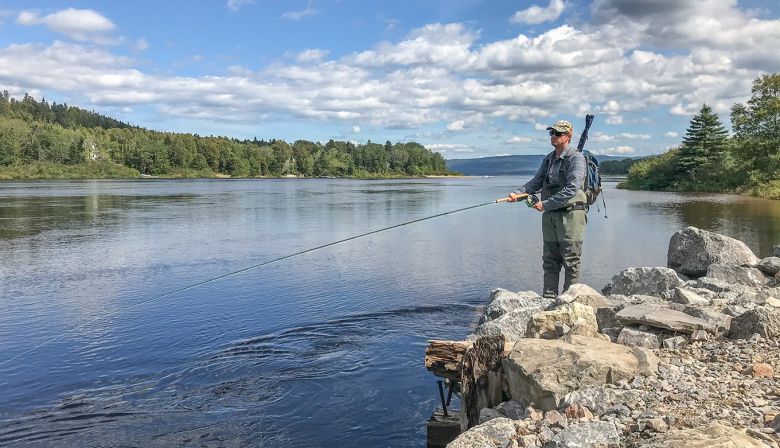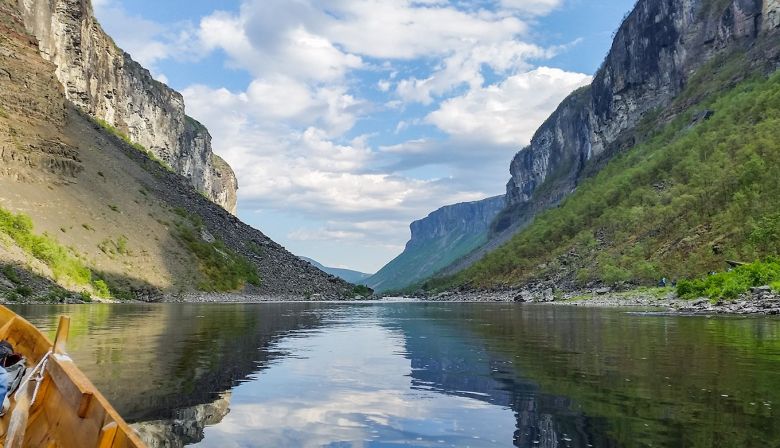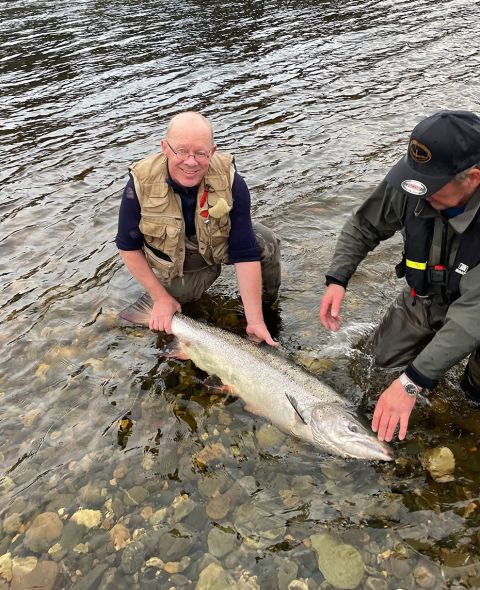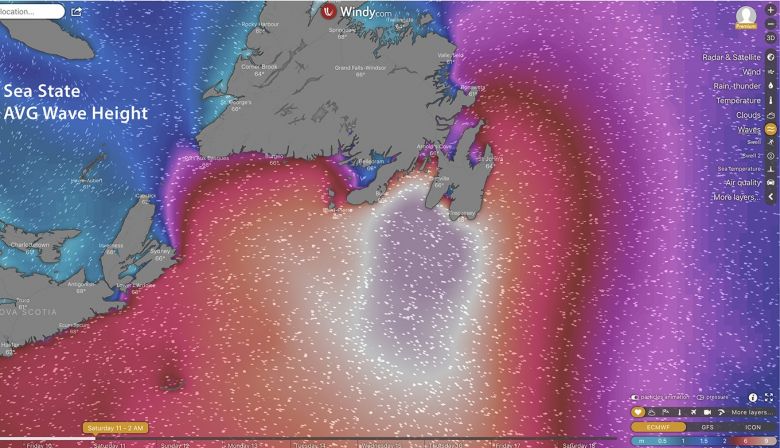Escaped aquaculture salmon are a real menace to the health of wild Atlantic salmon runs. They interbreed and take away the genetic advantage particular strains have for existence and migrating from a river. It is a « no-brainer » that each river and migration route to ocean feeding grounds presents a unique set of challenges.
When Hurricane Larry hits the south coast of Newfoundland on Friday and into Saturday, it is the sea state that threatens the escape of these penned agricultural salmon. Conditions are calling for waves of 6 m. to as much as 9 m., and that is « average » height, not highest tops.
It is sea state that can break apart cages during hurricane conditions. Maybe the cages will be fine. but the structure and the nets, even in Bay d’Espoir area, will be tested. If the companies have not made the right choices on location and kept up maintenance to highest standards, breakouts could occur.
Governments and the salmon farm companies do not like to admit that truly dangerous sea states can destroy their equipment, but it does happen.
The south coast Newfoundland wild salmon populations are already tainted with farmed genes from interbreeding.
Let us hope that Hurricane Larry does not leave more egg on the faces of these companies.

